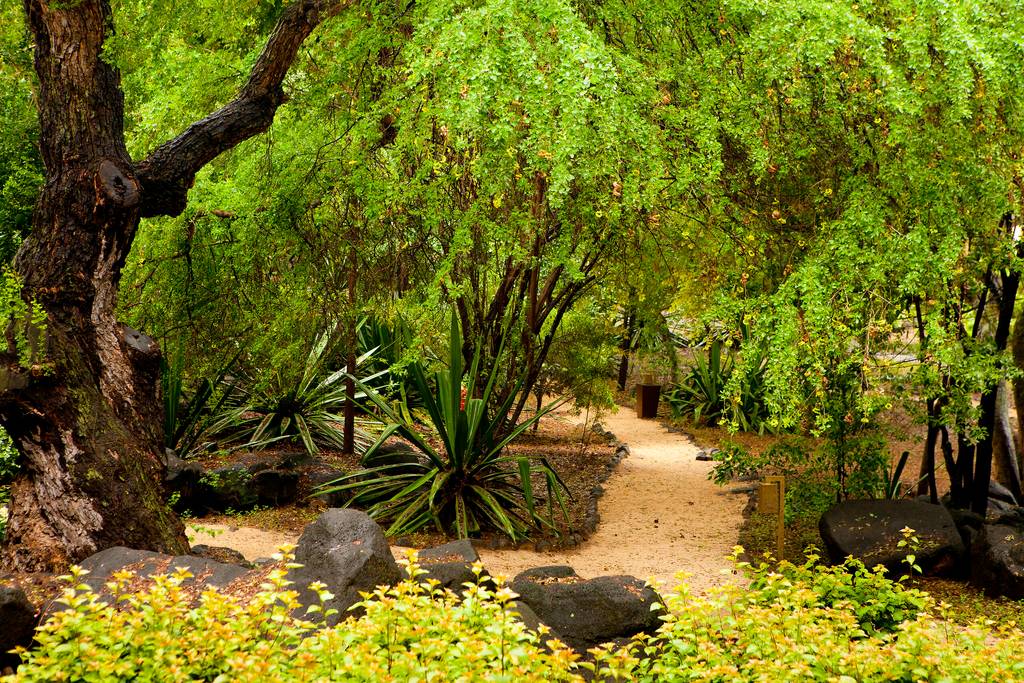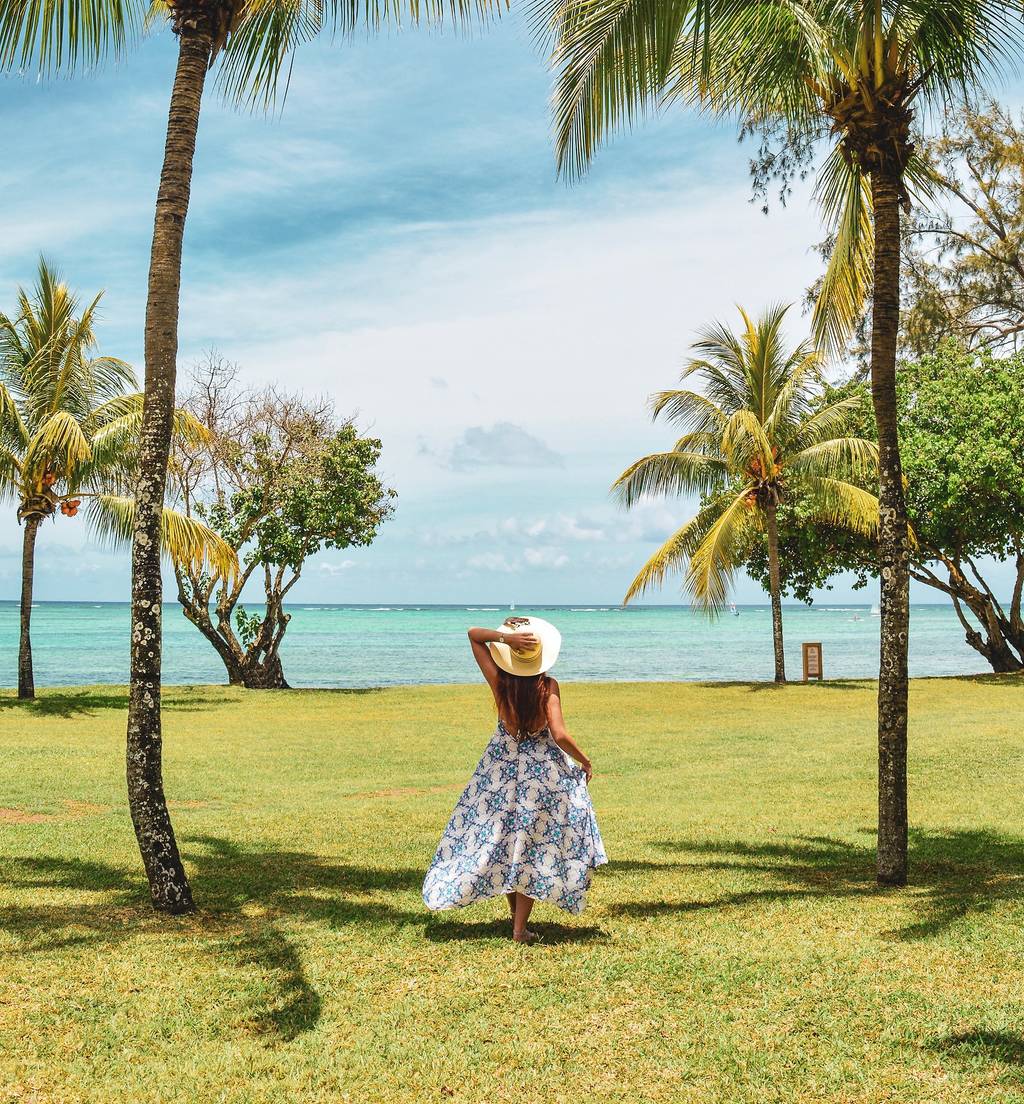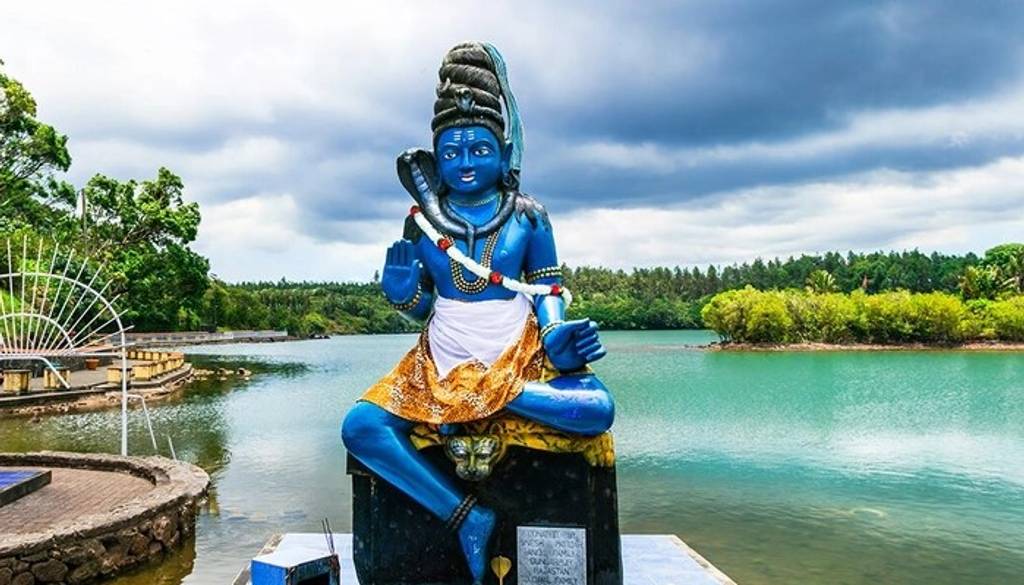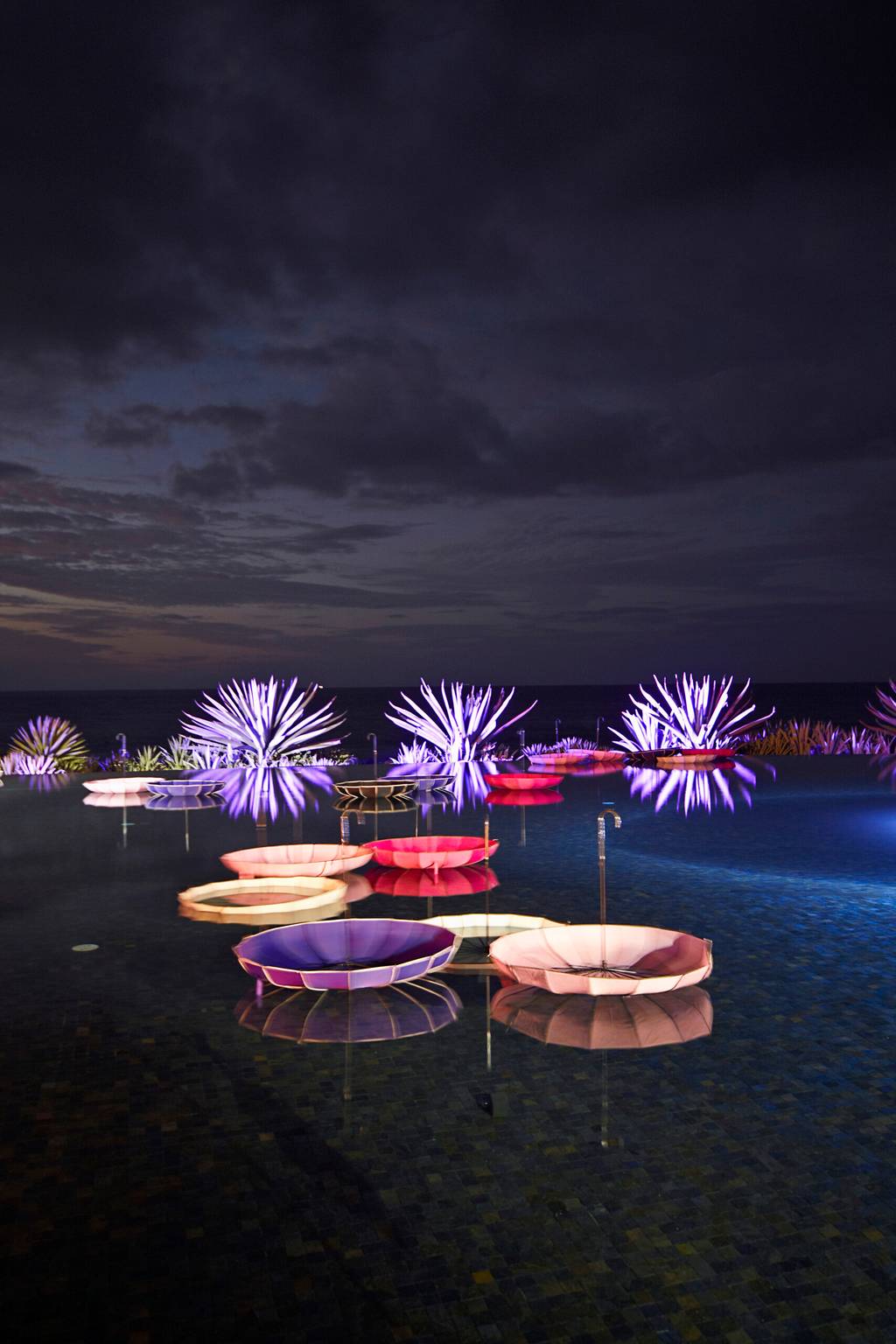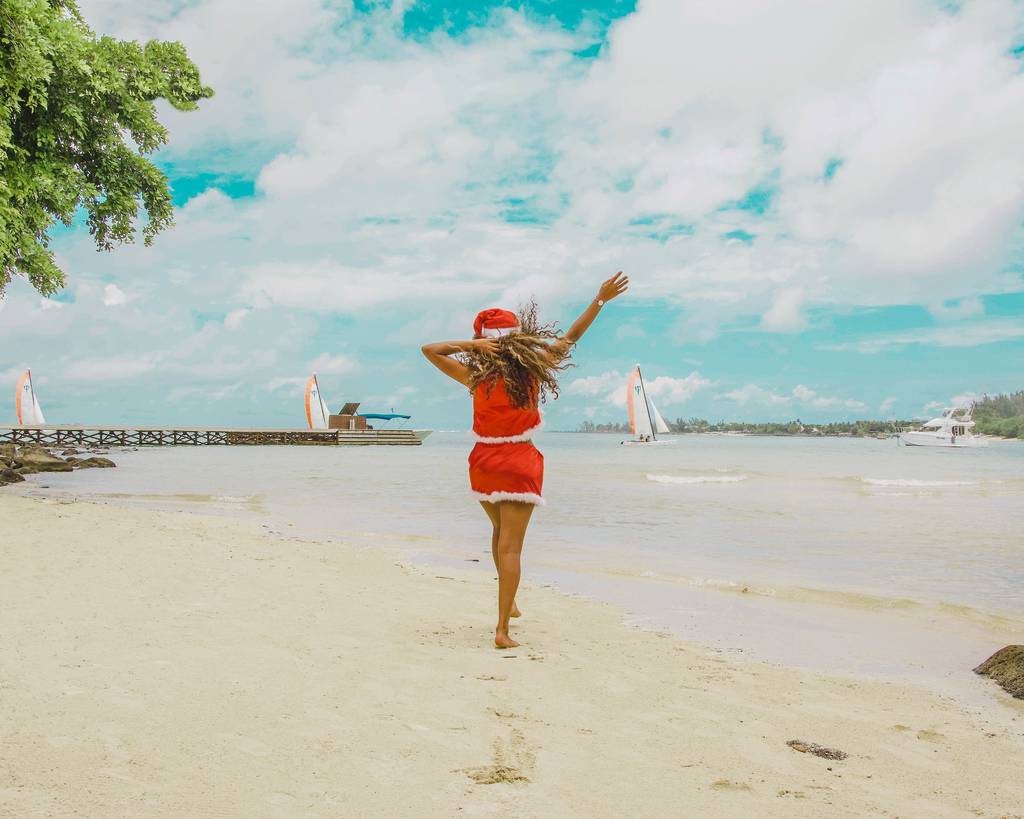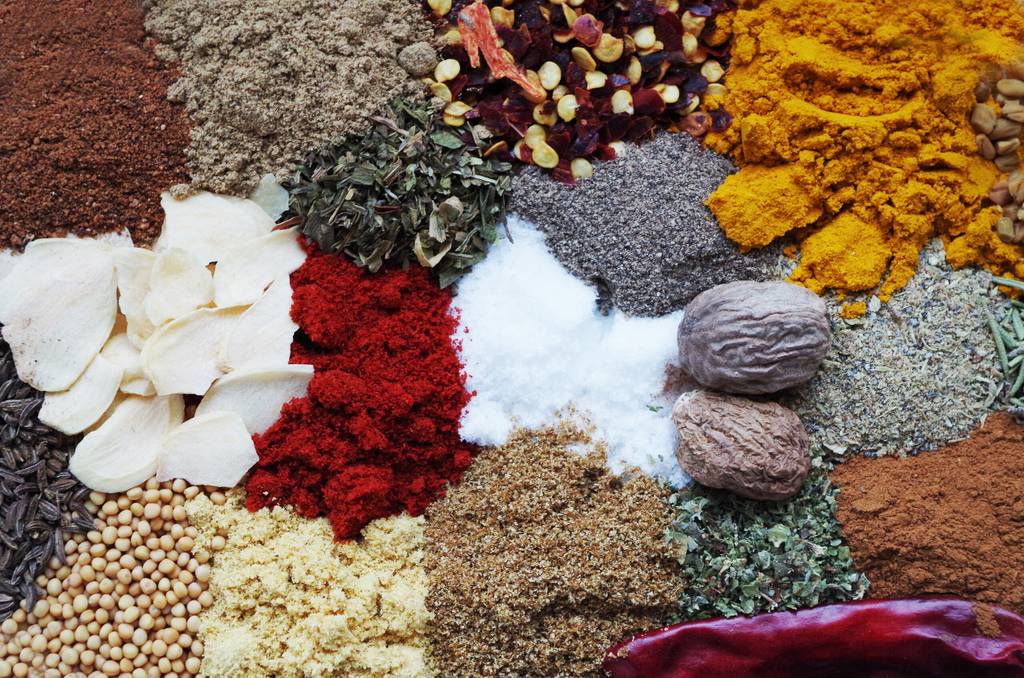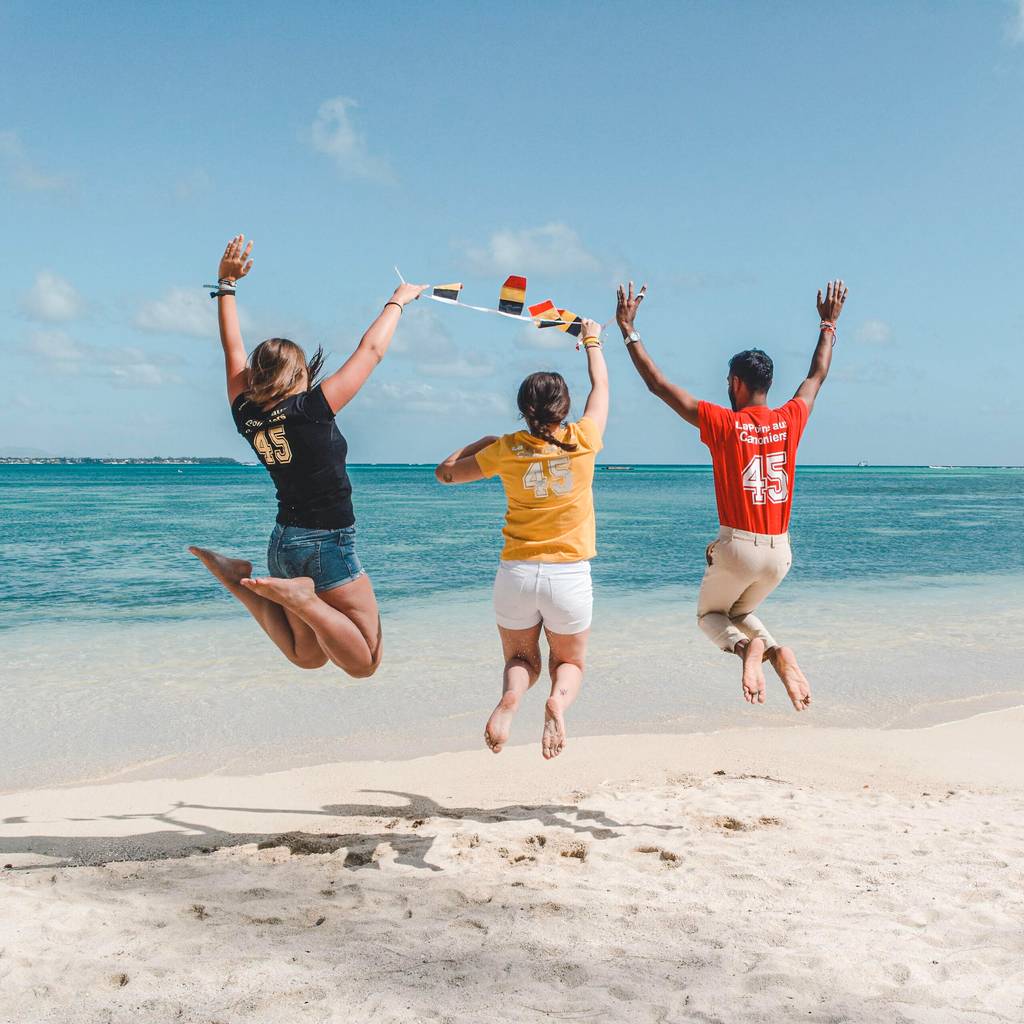
The summer months are magical
Summer is the most popular season to visit Mauritius and it is not hard to understand why. From Grand Bay in the north to the beaches of Flic-en-Flac and Le Morne in the south, via Blue Bay Beach in the south-east: wherever you go, it will all be turquoise waters and white sand. The beaches of Le Morne or La Prairie with a breath-taking view of the famous Morne Brabant mountain, a UNESCO World Heritage site, should also be on your itinerary.
The beaches of Gris-Gris and Tamarin offer incredible experiences. Located in the south, the former is on the edge of a tropical forest with various trails to discover its beauty. In Tamarin, the waves are perfect to try your hand at surfing. To enjoy lazy moments being cooled by gentle breezes, discover the beaches of the east coast such as the Roches Noires, not far from Poste Lafayette.
And if you are wondering when to go to Mauritius to admire nature at its best, this is the ideal time. In December, the flora is in bloom. Stroll through the botanical garden of Sir Seewoosagur Ramgoolam de Pamplemousses to discover its splendors.


